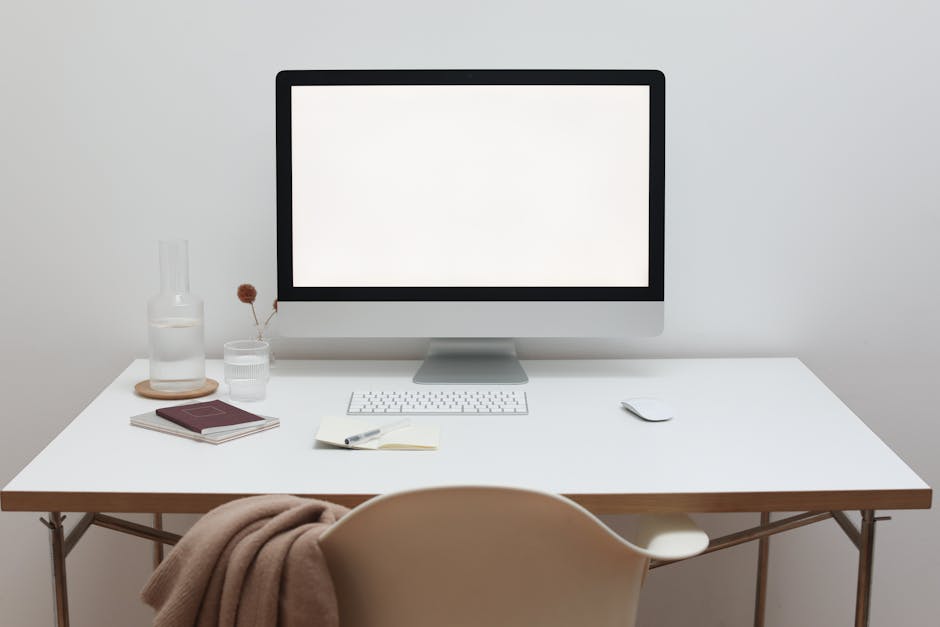Why Flexible Seating Options are the Opposite of the Reverse Hoteling Trend
“Flexible seating options are gaining traction in the modern workplace as companies look for ways to optimize their office space and improve employee satisfaction. However, this trend is quite different from the reverse hoteling concept. In this article, we explore the key differences between these two approaches and discuss the advantages and considerations of implementing flexible seating in your organization. ”

In recent years, many companies have been exploring new ways to optimize their office space and create a more dynamic, collaborative work environment. One trend that has gained popularity is flexible seating, which allows employees to choose where they want to work within the office rather than being assigned a fixed desk. However, this concept is quite different from another trend known as reverse hoteling.

What is Flexible Seating?
Flexible seating, also known as hot desking or agile working, is a workplace strategy where employees do not have assigned desks but instead can choose from a variety of workspaces depending on their needs for the day. This could include traditional desks, standing desks, couches, collaboration areas, or even outdoor spaces.
The main benefits of flexible seating include:
- Increased collaboration and interaction among employees
- Improved space utilization and reduced real estate costs
- Greater flexibility and autonomy for employees
- Enhanced employee satisfaction and well-being
How Does Flexible Seating Differ from Reverse Hoteling?
While flexible seating and reverse hoteling may seem similar at first glance, they are actually quite different concepts. Reverse hoteling is a system where employees have assigned desks but can "check out" of their desk when they will be away from the office, allowing others to use that space temporarily.
In contrast, flexible seating does not involve assigned desks at all. Employees are free to choose where they want to work each day based on their tasks and preferences. This approach is more focused on empowering employees and creating a dynamic, adaptable work environment.
Implementing Flexible Seating in Your Workplace
If you're considering implementing flexible seating in your organization, there are several key factors to keep in mind:
- Assess your company's needs and culture to determine if flexible seating is a good fit
- Involve employees in the planning process to gain buy-in and address concerns
- Invest in a variety of workspace options to accommodate different work styles and tasks
- Establish clear guidelines and etiquette for using shared spaces
- Provide training and support to help employees adapt to the new system

While flexible seating can offer many benefits, it's important to recognize that it may not be the right choice for every organization. Some employees may prefer the stability and privacy of an assigned desk, and certain types of work may require dedicated spaces. It's essential to carefully consider your company's unique needs and culture before making the switch.
The Future of Workplace Design
As companies continue to evolve and adapt to changing workforce needs, we can expect to see more experimentation with different workplace strategies like flexible seating. By creating agile, responsive work environments that prioritize employee well-being and collaboration, organizations can attract and retain top talent while optimizing their use of space.
Whether flexible seating is the right choice for your company or not, it's clear that the traditional one-size-fits-all approach to office design is no longer sufficient. By staying open to new ideas and involving employees in the process, you can create a workplace that truly supports your team's needs and goals.
